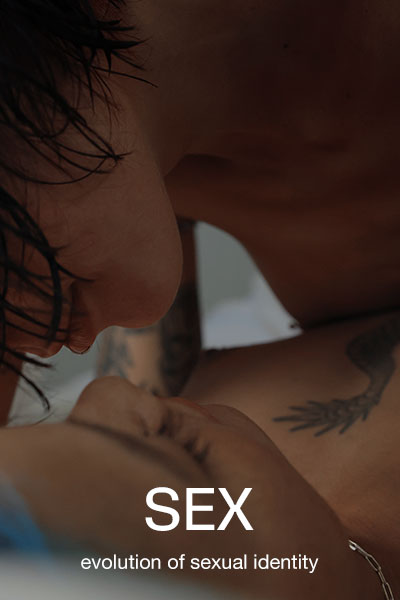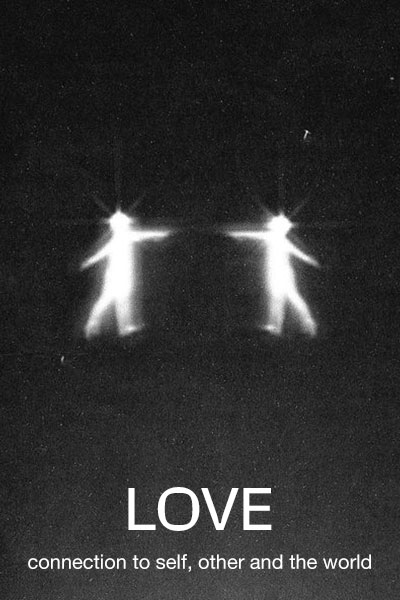Sexual hierarchy
Submissives, doms, and the structure of sexual roles.
“35, male, top, dominant,” my friend reads the Grindr profile of his upcoming date. At the mention of dominant, we all start pondering what this might entail. Our first thoughts – Christian Grey and then (naturally), Edward Cullen. So, when our friend returned to tell us that the sexual encounter was ‘regular’, the collective reaction was: What actually happened?
The words dominant and submissive are often thrown around whenever we talk about sex, without really understanding what they mean. According to First Nations sexologist Lauren French, the idea of dominant and submissive roles have been diluted in popular culture and become attached to individual actions, rather than the sexual preferences they actually are. For example, many believe that people who are into choking are dominant in the bedroom, whereas those who enjoy being choked are submissive, but that isn’t what being dominant or submissive is.
“If it’s not prescribed, a lot of sexual encounters will be quite fluid,” Lauren says. “That means that throughout a sexual experience, you’ll move between dominant and submissive roles but you wouldn’t go to extremes on either side.”
Lauren explains that those who lead experiences, can often be confused with being dominant, i.e. the one choking, but that isn’t necessarily being dominant, it’s rather leading a sexual experience. Those who constantly lead, and are sexual gratified by it, are actually what we call ‘dominants’.
“A dominant is given power within the submissive boundaries. Then what happens is the dominant is given permission, consent, to dominate their partner,” Lauren says, “Now some people like that can look like someone who would slap you, use a paddle, whips and chains and it definitely can be, but it can also be someone who takes ownership.
“They might take control of the positions or instruct their partner on what to do,” Lauren says. “It would come across like the dominant is 100 percent in control of what happens. So, it can be chains, bondage and all those amazing things, but it can also just be some dominant language, some dominant positions or maybe what some people would call ‘roughness’ in the bedroom which could be some hair pulling or light spanking. There’s no one way to be a dominant.”
Considering dominants tend to assume the controlling role, many presume submissive are dominated and not in control, but Lauren says that it’s actually quite the opposite. “The submissive always has the power to stop play,” she explains. “Before a scene or sexual encounter happening, the submissive is going to be very clear on what they are happy with and what they want the dominant to be doing and what’s not in their repertoire.
“They get to give the dominant their fantasy and let the dominant take them on that journey. They get to experience sexual pleasure without having to have the mental load of it and they get to enjoy having their choice, consensually taken from them in certain situations. It’s that giving up the notion of control.”
So, while the submissive gets to give up control of the situation, they set the perimeters of what actually will be going down and can’t stop the dominant with a single safe word.
After knowing this, I couldn’t help but second guess this whole sex hierarchy that I thought existed. You know, the one that meant that dominants were on top, submissive were on the bottom. I had always thought that submissives by nature sort of ‘worshipped’ any dominant, giving reason to why they let them dominant them – but this isn’t entirely accurate all the time.
“A dominant’s role isn’t just to abuse a submissive for sexual pleasure,” Lauren says. “A dominant’s role is to care for their submissive, to push their boundaries, give them pleasure and sexual satisfaction in a way that they have agreed upon. It’s also their job to look after them, to do aftercare, and make sure they’re alright after sex. If you have a dom that is selfish and in it for themselves, they aren’t going to be a very good dom.”
Before speaking to Lauren, I had this idea that dominants came from a place of wanting to dominate their partner, but Lauren assured me that really “it comes from a place of ‘I want to be in control and give my partner pleasure’, ‘I want to be in control of their pleasure’, ‘I want to dictate when they orgasm’, ‘I want to tease them’, which is often perceived as dominance.”
I wondered why I had these preconceived ideas of dominant’s being at the top of hierarchy and submissive being at the bottom. I mean this idea had even bled through to LGBT culture with the references of ‘top’ and ‘bottom’ – those penetrating being ‘tops’ and those receiving being ‘bottoms. I merely had to turn to the patriarchy to discover why.
“If you’re the person penetrating someone than you must be the dominant, aggressive man,” Lauren says, “If you’re bottoming you’re almost, some believe, taking on the ‘women’s role’ which is completely not what this is, so people think – you’re playing the women’s part so you’re submissive. We can see how problematic that is when we look at how women are not inherently submissive, and men are not inherently dominant.
“The wording leads to a misconception,” Lauren says. “The wording leads to this idea of a hierarchy, as if the dominants are ruling the submissive. It makes sense in the community but outside of the community it can seem confusing.”
Lauren put it simply when she said, “You can’t have a dominant without a submissive. One isn’t above the other because you need to play and you need both to fulfil each other,” completely destroying the idea of any sort of hierarchical structure to sexual roles.





















